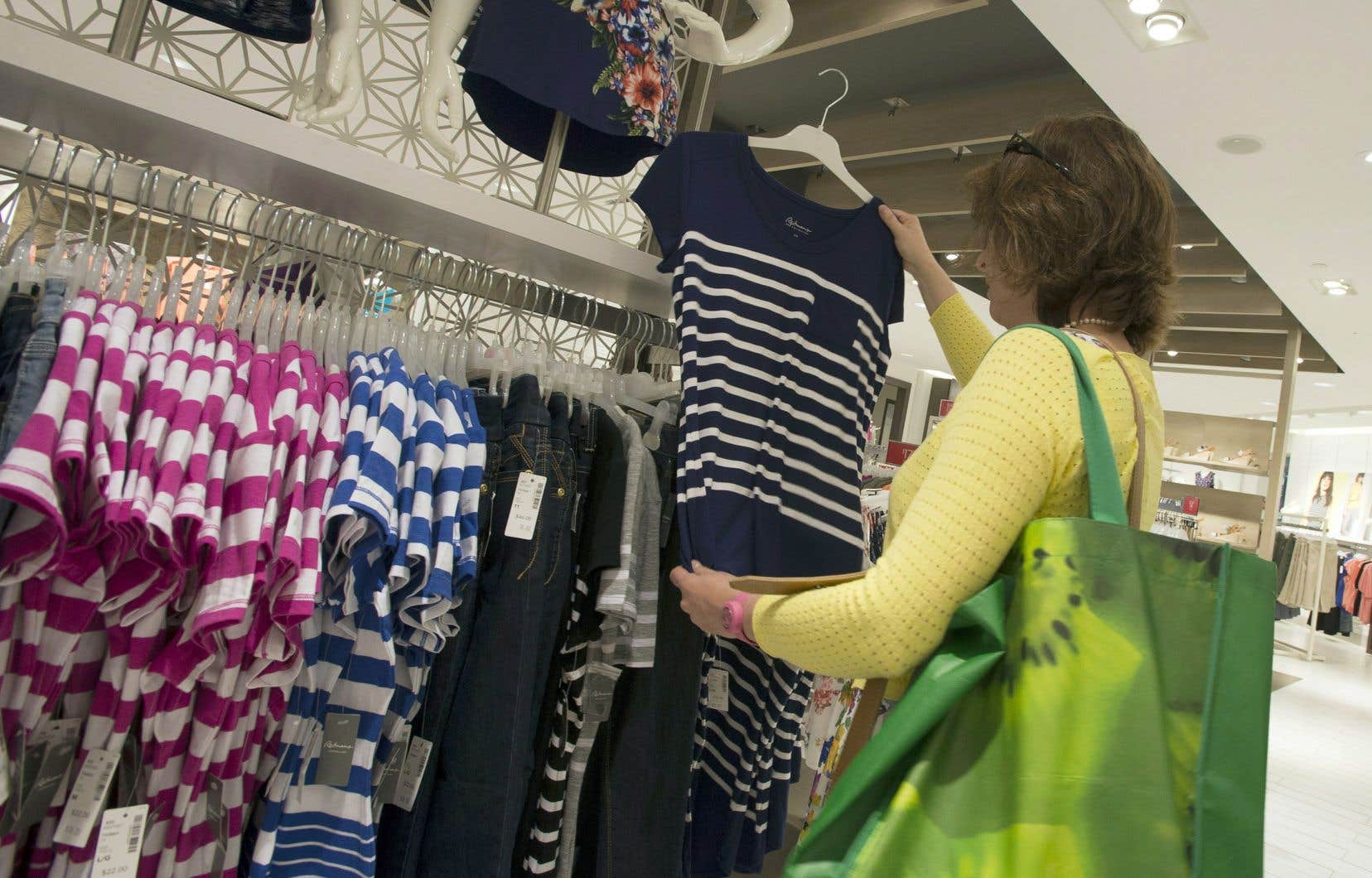Canadian consumers began to show signs of fatigue in May, with Statistics Canada indicating on Friday that retail sales for that month advanced less than its initial estimate had expected, while its preliminary figures for June show little change.
According to the federal agency, retail sales rose 0.2% to $66 billion in May, helped by gains at new motor vehicle dealers and grocery stores. Its initial estimate for May, however, called for growth of 0.5% for that month. Expressed in volume, retail sales rose 0.1% in May.
Statistics Canada also said its preliminary estimate for June suggested retail sales were unchanged, but warned that figure would be revised by its official release, a month from now.
TD Bank economist Maria Solovieva observed that May saw a significant deceleration in retail spending growth, after posting a revised 1% increase for April. An increase of 1.1% was initially reported for the month of April. “The only sector showing a decisive gain is in auto sales, where both nominal and unit sales have increased,” Ms.me Solovieva in a report. The rest of the categories are mixed and seem to indicate that consumers are prioritizing grocery spending over discretionary purchases. »
Mme Solovieva said the Bank of Canada expects household consumption to slow over the next year as its interest rate hikes ripple through the economy. “With today’s reading, we have evidence that this downturn is materializing. Yet consumers have financial resources in the form of excess savings, so the path to moderation may not be straightforward,” she said.
Sales at motor vehicle and parts dealers rose 0.8% in May, led by a 0.7% increase in sales at new car dealers and a 5.5% increase in the category of other motor vehicle dealers. Meanwhile, sales at grocery retailers rose 1%, while those at supermarkets and other grocery stores climbed 1.4%.
A report released Thursday by the Canadian Chamber of Commerce suggested Canadian consumers continued to spend in the second quarter, while noting spending reversed after the Bank of Canada resumed interest rate hikes in early June. House Chief Economist Stephen Tapp said he expects consumer spending to slow significantly in the second half of the year as people reduce their discretionary purchases.
The Bank of Canada raised its policy rate by a quarter of a percentage point in June and another quarter of a percentage point earlier this month, bringing its policy rate to 5%.
